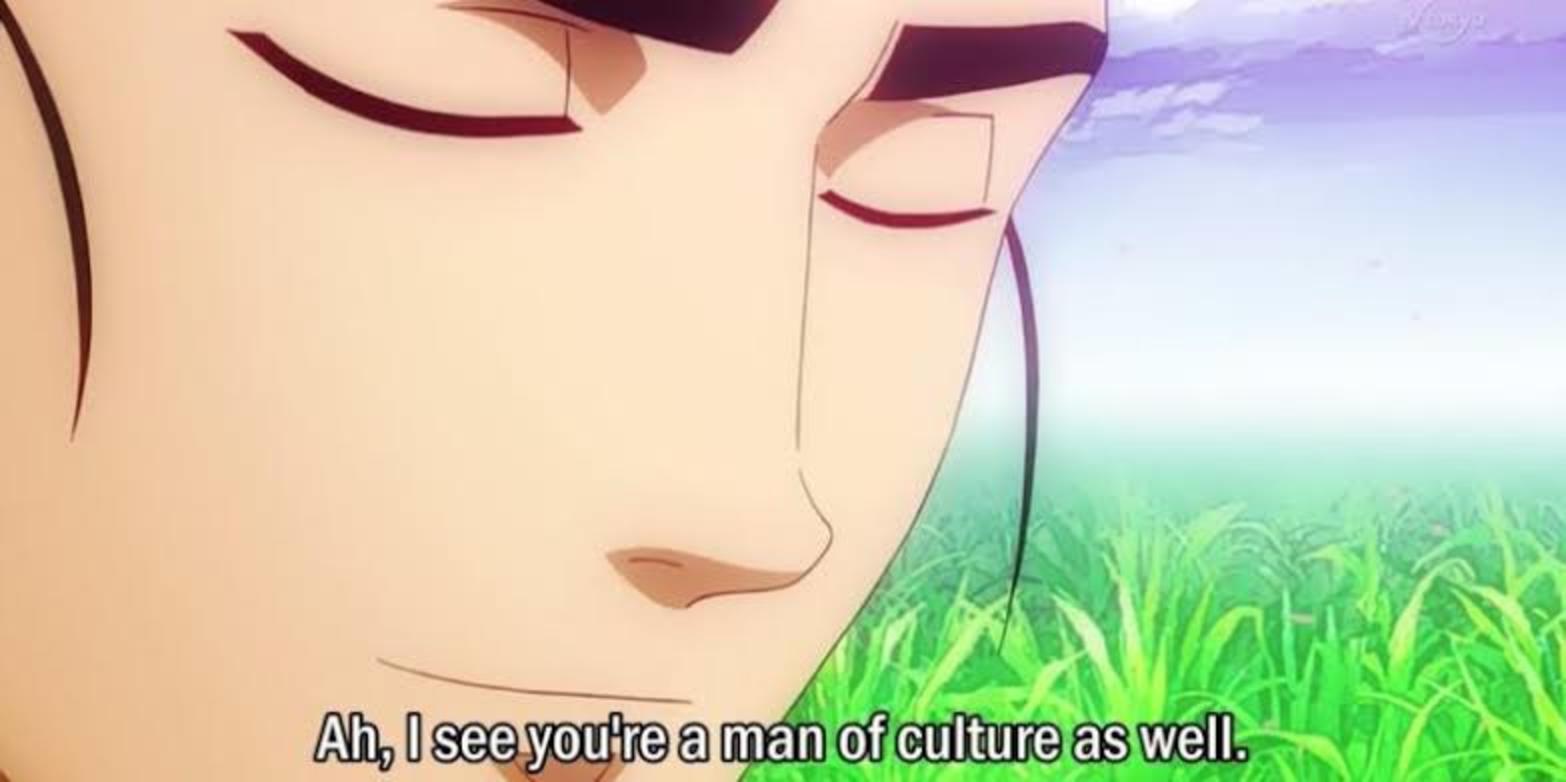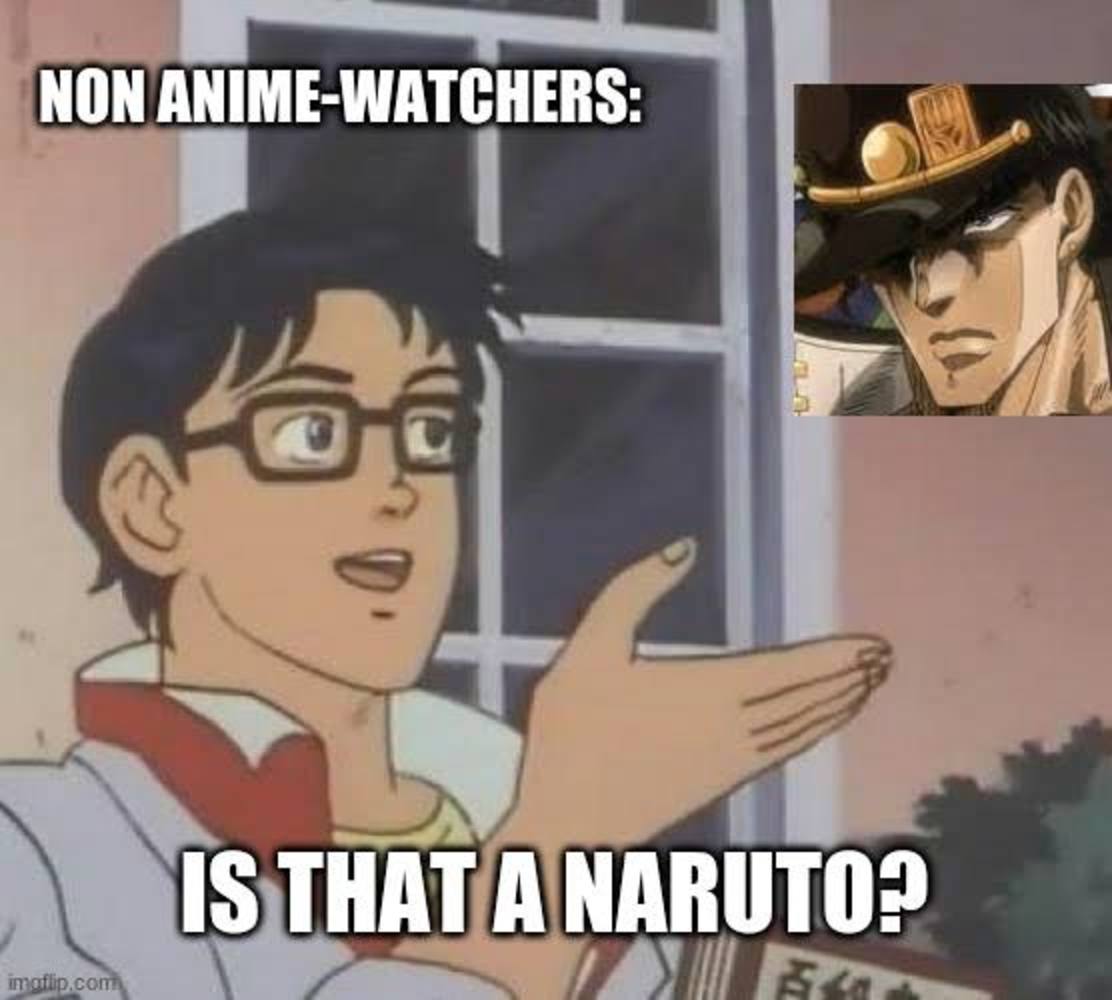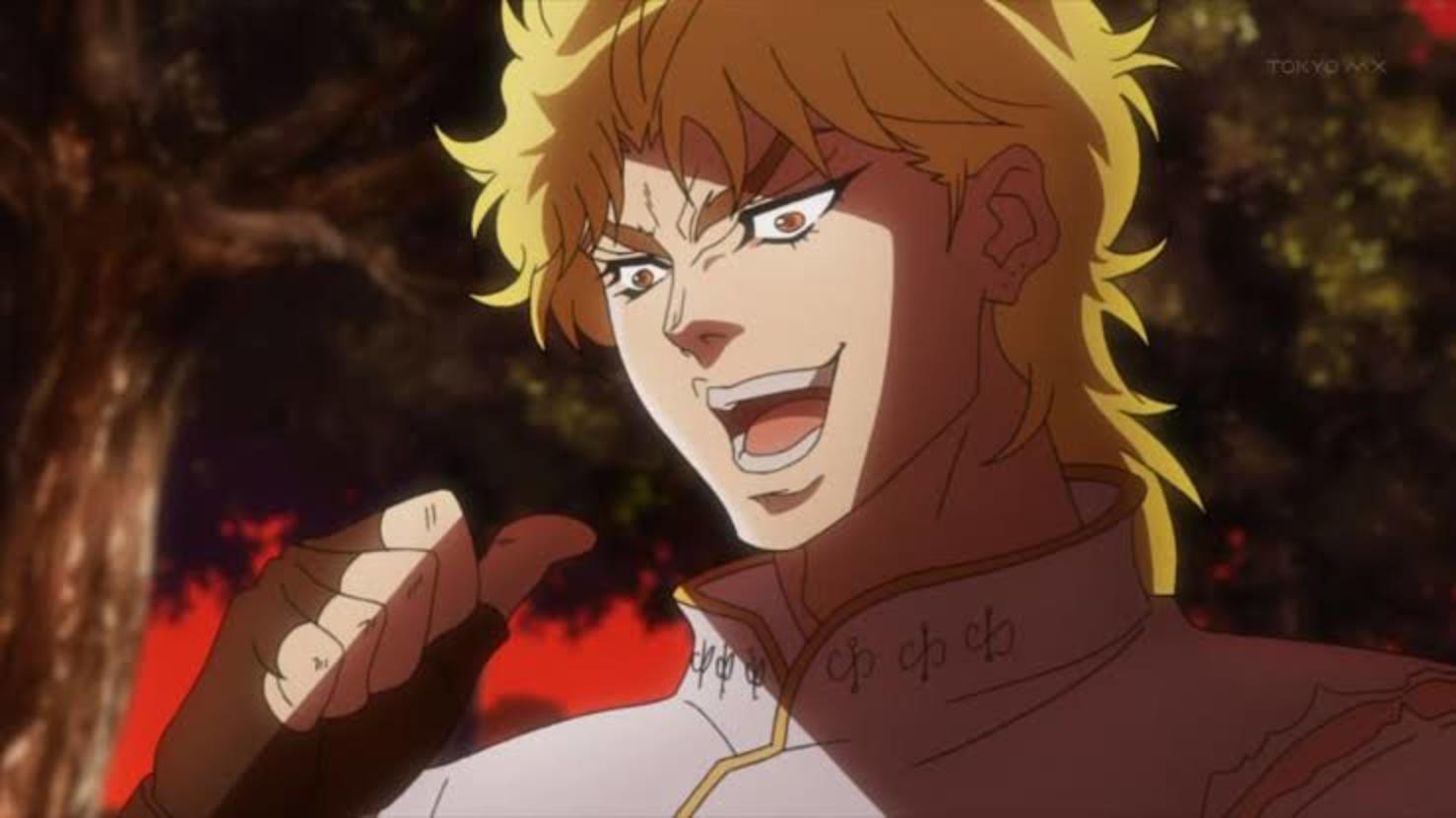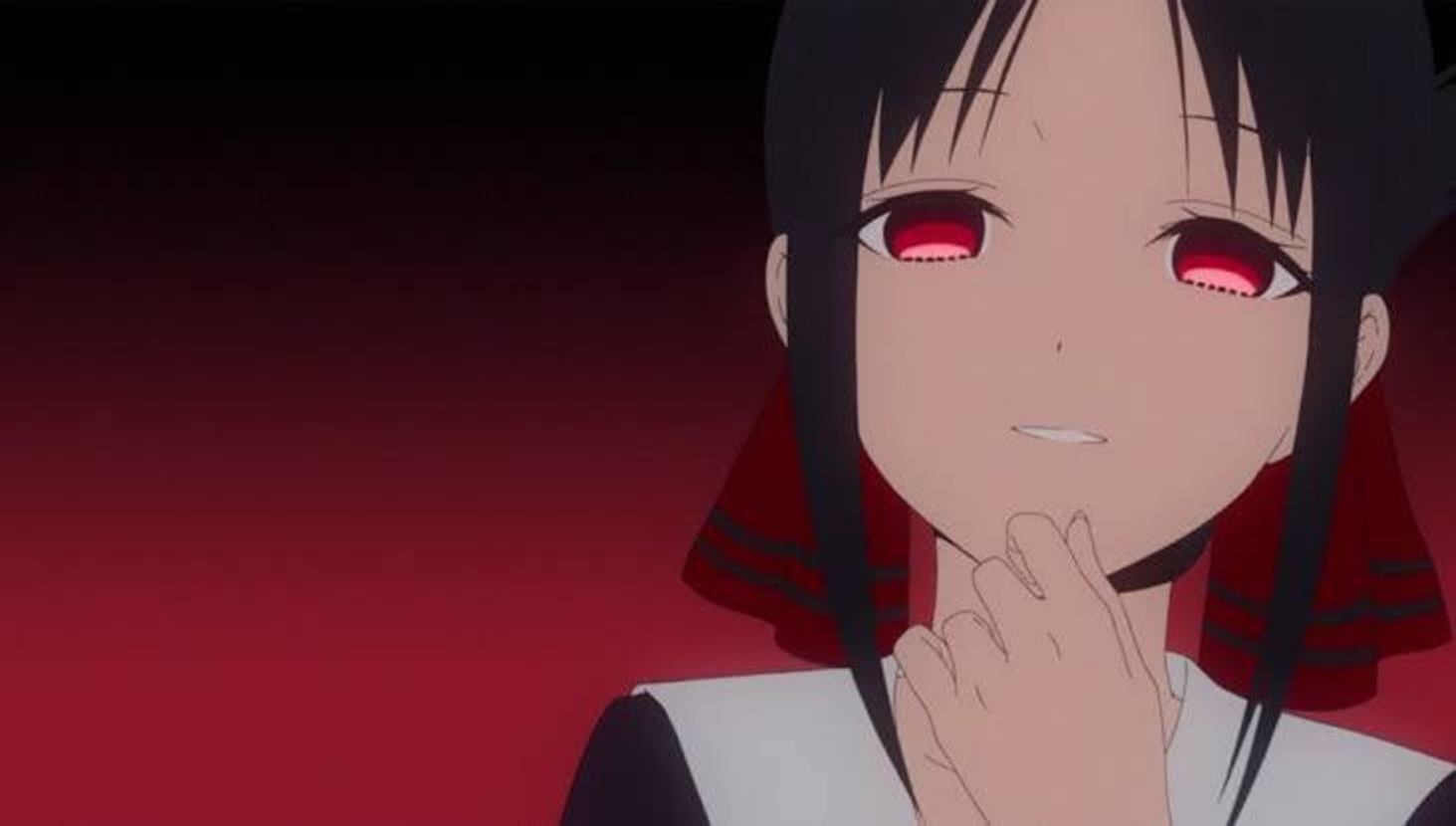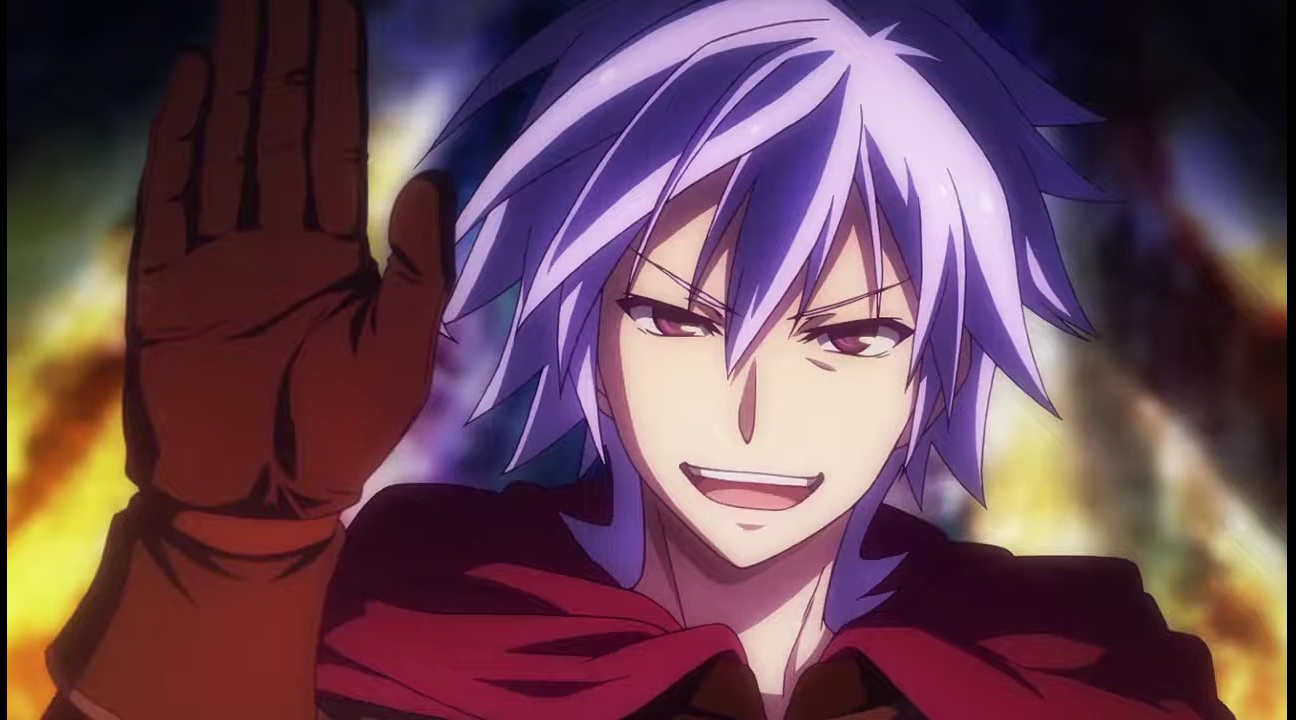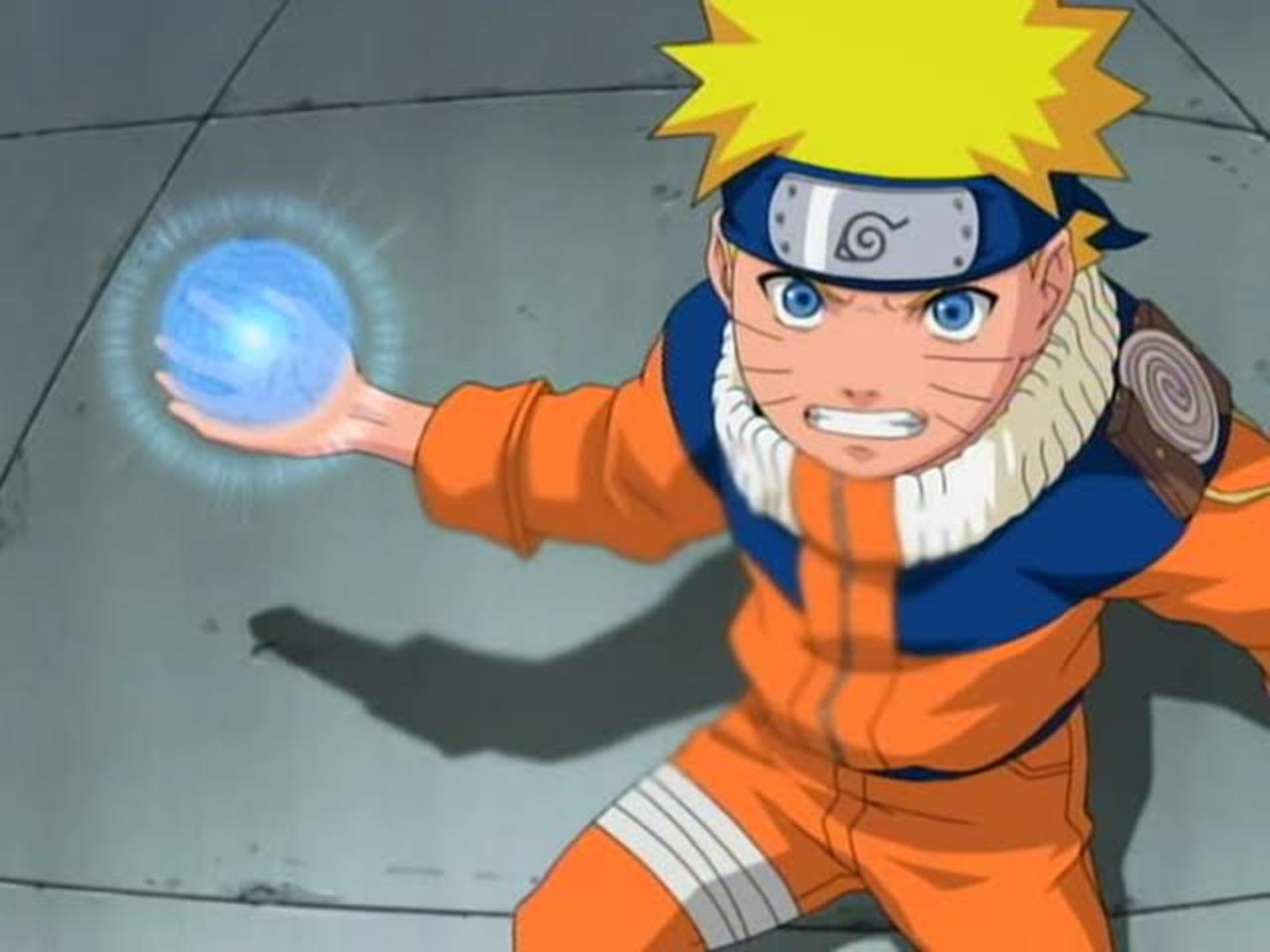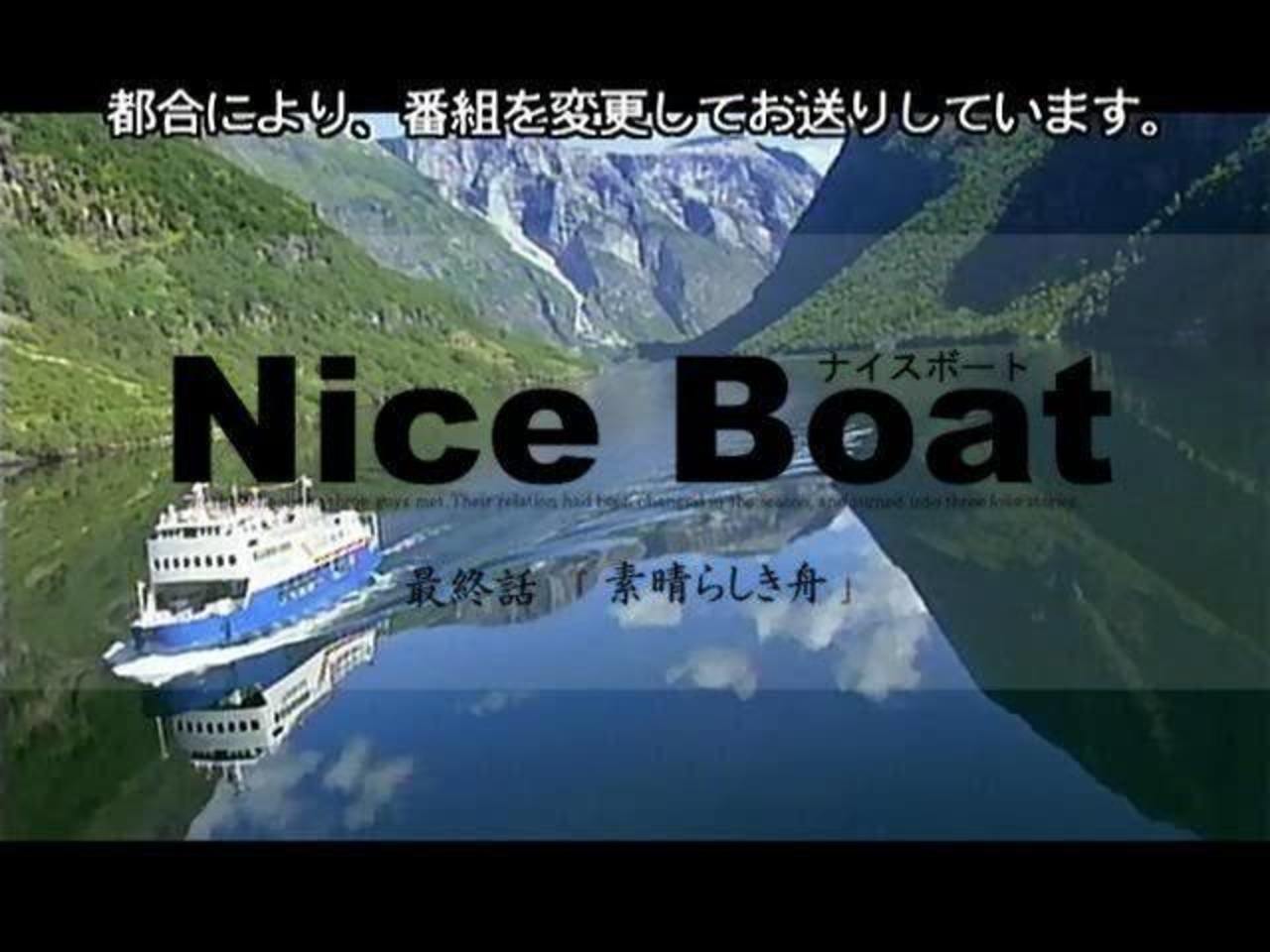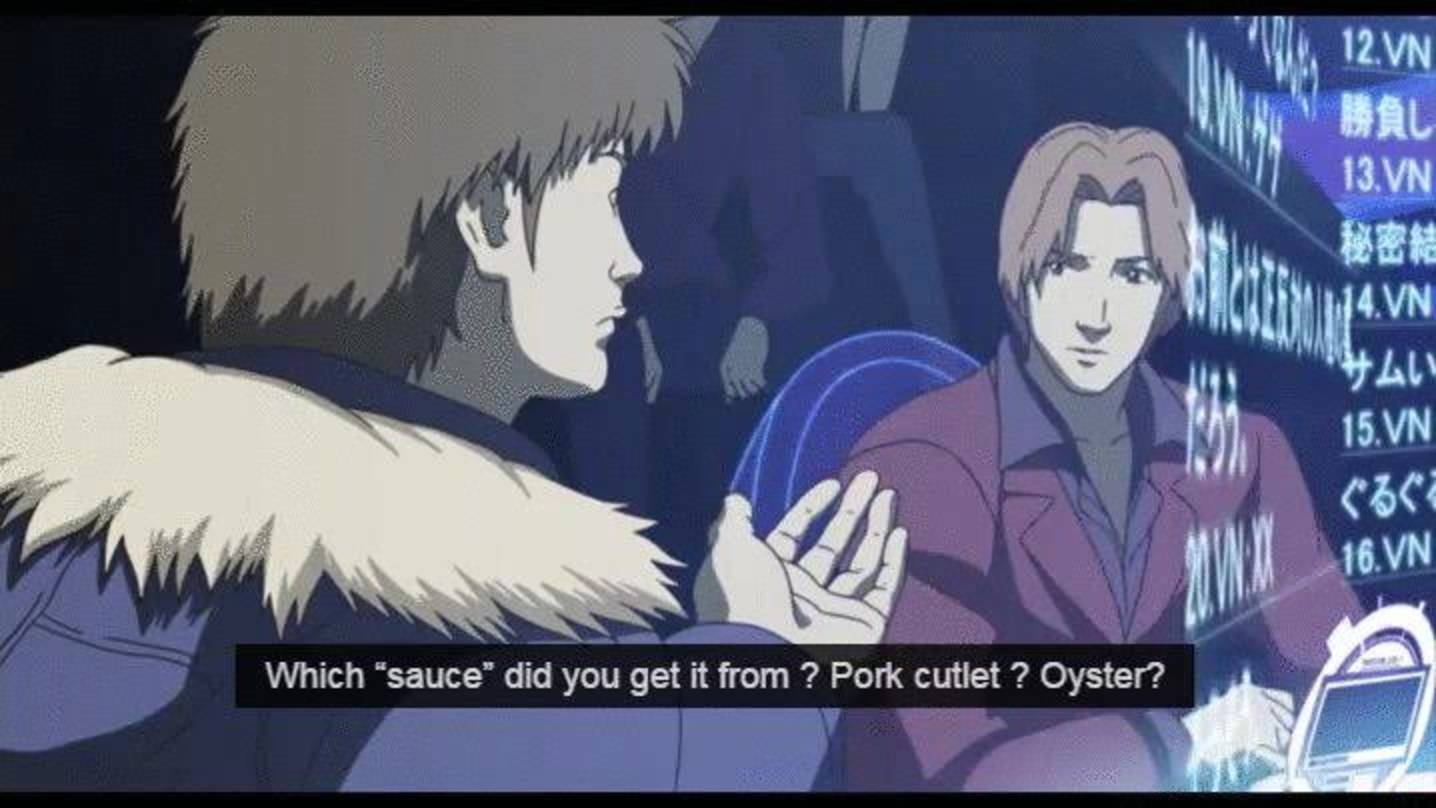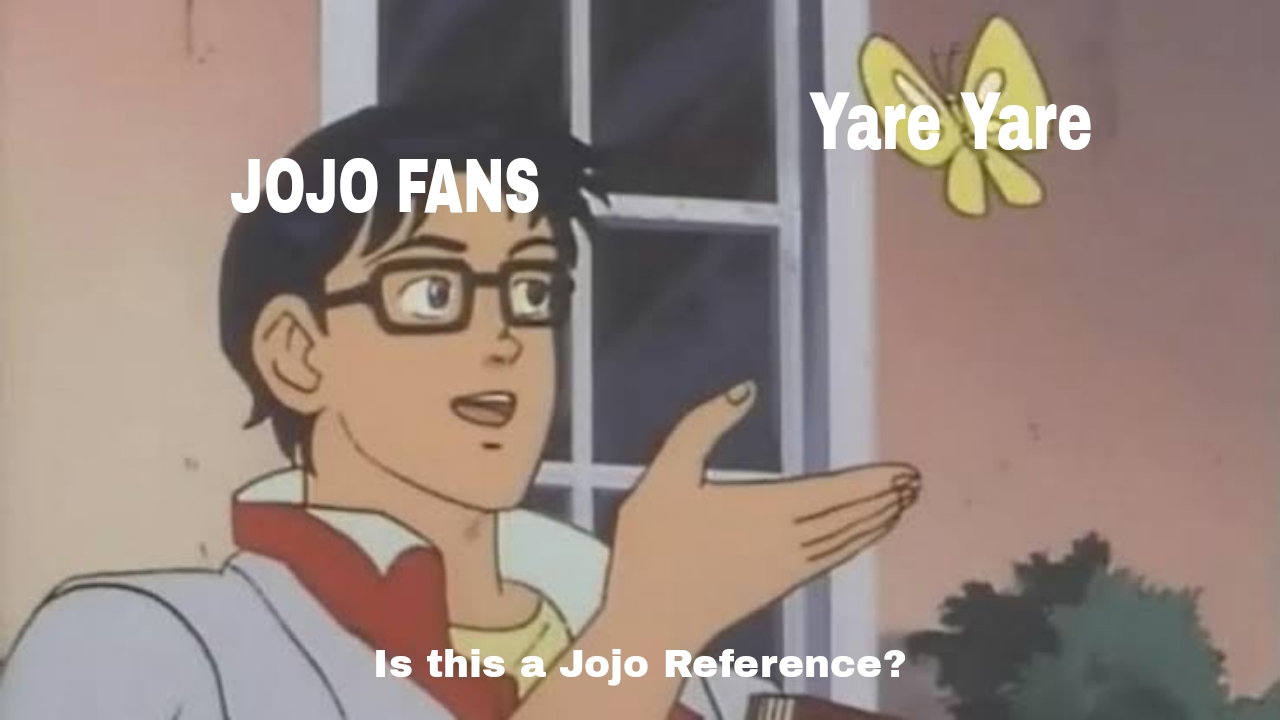We have collected some of the most iconic pop culture references that came from anime. Any weeb will instantly understand the importance of these anime references in the blink of an eye. Lost in the conversation between weebs because you don’t know too many references? Read ahead to know and understand 20 steaming anime references in pop culture.
1. Ara Ara!
No, you don’t say, “Oh, really,” when you catch someone lying. You stay firm on your feet, tilt your face, throw in your smug face, smile as sly as you can, and say, “Ara ara!”
If you find something irritating, you don’t stamp your feet and shout, “Oh my god.” You stay calm and say, “Ara ara!” You haven’t seen enough anime if you haven’t seen your waifu say this once in a while.
2. “I see, you’re a man of culture!”
The famous meme came from the 2010 anime Arakawa Under the Bridge. Do not fret from saying, “I see you’re a man of culture,” when you finally find someone who shares the same weird thoughts as you. This is probably one of the most famous references from an anime. Anyone, weeb or not, will understand the essence of this reference. Someone shares the same feeling of satisfaction when watching slime aesthetics as you? Go on, tell them that they are a man of culture.
3. ‘Is this a PiGeOn?’
I refuse to believe no one has seen this ridiculous meme that broke the internet once. The screenshot is from the anime The Brave Fighter of Sun Fighbird. The reference took off like an Akatsubaki (Yes, that’s an Infinite Stratos reference!).
The meme took over the internet so hard that every time you refresh your Facebook feed, you will find a new meme in the same template. The more ridiculous the comparison, the more hilarious it gets. So, if you see someone pointing at a butterfly and calling it a pigeon, know that he is a man of culture.
4. It was me, Dio.
It is almost disrespectful to make a list of anime references and not include a Jojo reference. This is one of the most famous and iconic scenes from JoJo’s Bizarre Adventure where Dio says, ‘It was me, Dio.’ Using this reference when someone catches you doing something absolutely legendary, yey fishy is a dream to accomplish. Imagine you buy yourself all-new anime merch, and your roommate asks who bought it. The look on their face when you appear from the shadows and say, “It was me, Dio!”. This English translation is from the original, ‘Kono Dio da!’. To be honest, saying it like Dio in Japanese leaves an even greater impact.
5. Omae wa mou Shindeiru. Nani?
Yes! This is definitely the coolest anime reference ever created. Hokuto no Ken’s protagonist Kenshiro uses this as his catchphrase. Someone on the internet realized the absolute awesome vibes it carries, and ever since, it has become one of the most popularly recognized anime references.
Weeb or not, a lot of people recognize this catchphrase. Omae wa mou Shindeiru literally translates to– ‘You are already dead to me.
6. ‘O Kawai Koto.’
This popular anime reference comes from Kaguya Sama: Love is war. This reference is a sarcastic comment that literally translates to ‘How cute.’ Every time the president imagined Kaguya mocking him by saying ‘O Kawai Koto’ in a rather bland tone was a golden moment. This anime reference became a clever way for people to react whenever they hear something obviously ridiculous. Here’s an example. Do you think Goku is stronger than Arale? Well, O Kawai Koto.
7. ORAORAORAORA
Another Jojo reference? Yes. Because just one Jojo reference would leave the list rather dry. ORAORAORAORA literally means ‘here here here here. Jojo references are some of the most used references. Even within anime like Saiki Kusuo no Sainan and Gintama, Jojo references are extremely common to find.
ORAORAORAORA has to be one of the best things Jojo gave to us other than many more epic catchphrases like Mudamudamudamuda or ZA WARUDO! Oraoraoraora is my personal favorite, of course.
8.KaaaMeeeHaaaMeeeHAAAAA
Okay, DBZ fans, here is your cue to scream. If an anime fan says they don’t know what this is, they are either a part of the DBZ universe, or they are not an anime fan. It’s obvious that many people might not have watched the series, but Goku’s Kamehameha is one of the most talked-about topics, be it within the fandom or outside of it.
The epic move also made its cameo in much other anime such as Asobi Asobase and Blood Lad.
9. Aschente!
Probably the best way a weeb would respond to a marriage proposal would be ‘ASCHENTE.’ This comes from the No Game No Life anime where people say this to pledge to the ten rules of the world created by Tet. So, Aschente lowkey means ‘I accept’ (the rules). This is not just popular but widely discussed upon since the word seems to have no existence outside of the NGNL universe. However, it is rather cool to use this over the regular bland ‘I accept,’ isn’t it?
10. Rasengan!
This is one of the most highly recognized anime references (after Kamehameha, of course). If you see a person across the hall and want to find out if they are an anime fan, throw them a Rasengan. They would either look at you like you are absolutely gone in the head, or they would return a Rasengan back at you. No matter what anyone else says, the latter case is where you have successfully found yourself a person of culture.
11. Senpai < Hokage
This one is for all the ladies who have an otaku/weeaboo boyfriend. You don’t call them baby or honey. To get their attention off the screen and on to you, call them Senpai. For any weeaboo guy, this would be their moment of delight and your moment of victory. I guarantee this a 100% effective. Want something even stronger than Senpai? Well, here’s your own Kamehameha Wave of technique to your weeb boyfriend’s long-term attention: call him a Hokage <3. Senpai means an upperclassman. Under the list of many common Japanese words, senpai is the one that people learn very quickly. What’s even more amusing is that there’s an entire yandere song called ‘Notice me Senpai.’ Hokage comes from the Naruto anime. I don’t think it needs much of an explanation, given its popularity, but it basically means the strongest shinobi and the head of the village.
12. ‘Nice Boat’
This used to be a super famous anime reference back in the day, but it has slowly faded from history. However, true fans have still not forgotten the reference. An anime called School Days was released back in 2007. A day before the final episode was supposed to be aired; a heinous crime took place in Japan. A sixteen-year-old girl had killed her father. However, the final episode of School Days contained similar content of violence. To omit any possible misunderstanding concerning the connection between the coincidence, the anime did not air their last episode until a week later. But, on an original day, the channels broadcasted soothing video footage of a boat accompanied by classical music for thirty minutes. A person posted the picture of the boat on 4chan and captioned it ‘Nice Boat.’ The post went bizarre, and the meme kept going on for years to come by, especially in Japan. The reference can still be seen in anime like Magical Hearts Kokoro Chan where Kokoro’s raft is named ‘Nice Boat.’ As for the anime, School Days is a messed-up anime. Unlike how Wikipedia suggests, it is not a slice-of-life anime.
13. Over 9000!
Out of many DBZ memes, this one takes the cake. The meme originates from Vegeta’s reply as “It’s over 9000!” to Nappa’s inquiry about Goku’s power level. The meme became a major uprise and can still be seen under various contexts on Reddit and amino.
14. Ararara Gomen!
Tsukishima Kei’s Ararara Gomen was another iconic gift from Haikyu in addition to its already brilliant content. The reference became a part of multiple memes and reels. Also, the audio clip became a popular ringtone as well.
Fans began using it as a salty response for fun posts after the release of this scene. Ararara Gomen became the new Ara ara Gomen.
15. Sauce
Of course, seeing “sauce” under anime posts is one of the most common things for anime fans. So people often say sauce, and it’s obvious that they are asking for the source. But how did this even begin? Well, ‘sauce’ is, in fact, the most common anime reference a lot of people use without even knowing it’s an anime reference. The sauce is a reference to a scene from the Ghost in the Shell: Standalone complex. However, the reference only escalated on 4chan after the creators thought it would fun to use a filter on the word source. So every comment asking for ‘source’ turned into ‘sauce’ after getting inspired from the scene. This reference got so viral that people have still not stopped using it even after 17 to 18 years.
16. Japanese words that went popular
A lot of Japanese words became immensely famous outside of theanine fandom too. Now, even non-anime fans are well acquainted with words like “Arigato,” “Gomen,” “Baka,” “Kawai,” and of course, “Hentai.”
17. Yare yare
Yare Yare is a very commonly used phrase that means ‘good grief.’ Of course, you’re thinking of Joutaro when I say Yare Yare, but this is NOT a Jojo reference. It’s just an anime reference. You would hear Yare Yare in many anime. In Saiki Kusuo no Sainan, Saiki Kusuo’s catchphrase is Yare Yare too. However, Yare Yare Daze from JoJo’s Bizarre Adventure is still more popular than any other Yare Yare by any other character.
18. Dattebayo!!
Naruto screams Dattebayo in different tones and in different situations. Dattebayo became the future Hokage’s ultimate catchphrase which also became insanely famous among fans. Dattebayo basically means ‘believe me. Of course, such a famous catchphrase had to make its cameo in another series, and it does. Gintama, that one series that has a lot of references from many other anime series, did not forget to include Naruto on its list. In the 13th episode of the anime, we see the most clever use of the Naruto reference.
19. Tuturuuu, Nippa, Cheerio
These are three super cute anime references from three different anime. However, they were robbed off of their cuteness due to the overuse and forced attempt at being cute by fans while making use of these references. While the trend was to sound cute, the reference was soon pointed towards trolling the exaggerated failed cuteness of the fans as they tried imitating the characters. Well, I guess some things backfire really bad. Tuturuu is one of the cutest anime catchphrases. It originates from Steins;Gate character, Mayuri Shiina. The phrase got so much fame that it was used in a fan-made remix of Star War’s Imperial March. The audio was called Imperial Tuturuu March.
Nippa is a very cute phrase used continuously by Higurashi’s Rika. She also uses another phrase, “Mii,” but Nipah remains the favorite of many. Togame’s cheerio is yet another cute phrase that became quite famous after the release of the anime, Katanagatari.
20. Konoha Symbol
The Konoha symbol is one of the coolest features in the Naruto anime. The Naruto headband is one of the most common anime merch bought by fans. Even non-anime fans can recognize the auspiciousness of this symbol just by the look of it.
The headband with the Konoha symbol also made a cameo in the Assassination classroom anime in an episode when Korosensei wears the headband to the school. The widespread fame of the symbol is also evident from how the mere use of the headband on different memes is enough for people to understand the Naruto reference. If this is not iconic, I wonder what else it is.
